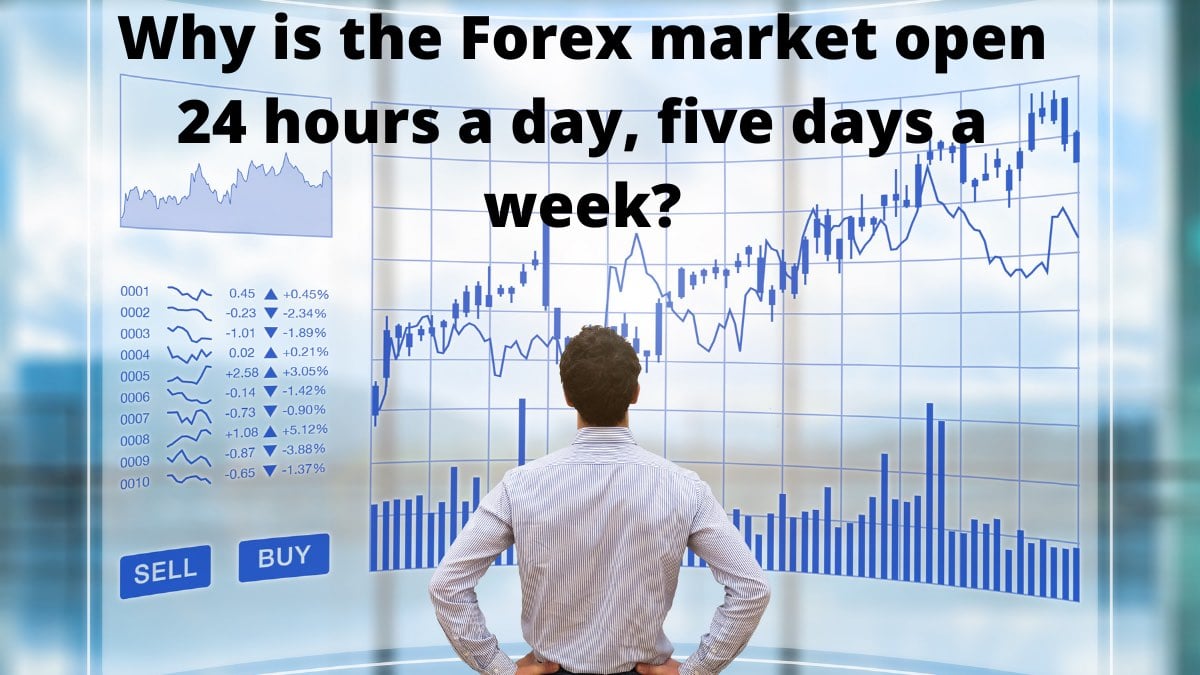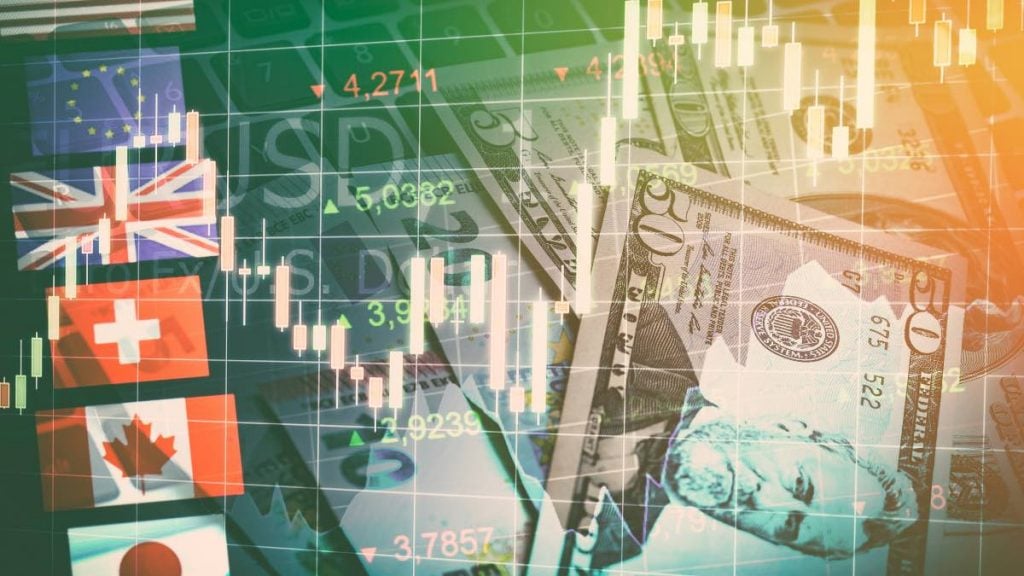Forex is the world’s biggest financial market, with an average daily turnover of about $5 trillion USD. Forex trading is done by phone and over the internet among participants in various marketplaces all around the globe.
The currency market is open 24 hours a day, and there are some nations that choose to trade in one window on Fridays and Saturdays. There are two major reasons the forex market works around the clock. There are many international time zones, which is the first reason. Some nations utilize a number of time zones, like EST, IST, GMT, and so on. In the time period of 24 hours, three major sessions of trade occur.
While currency markets across the globe may be divided into banks, central banks, investment management businesses, commercial companies, hedge funds, and retail brokers and investors, these different entities work together within the broader international currency markets. The forex market is available 24 hours a day from any location, except on weekends when there is no trading. Because there are so many markets throughout the globe, the currency market is not controlled by single market exchange. Forex trading hours are set by when trading is available in each nation that participates in the trade. During the most active trading hours on the currency market, London and New York have the busiest schedules.
In contrast to currencies that are traded constantly, other currencies can only be exchanged a certain number of times per day. The most-traded currencies are USD, CAD, JPY, EUR, AUD, CHF, and NZD.
Time Overlap and The FX Market
Advertisement
In terms of overall trading volume, the Forex market is the world’s biggest financial market. It handles a daily trading volume of $2 trillion USD.
Forex traders must also investigate every element of the forex market, including when the market is open and what forex trading hours entail. What are the trading hours and sessions, exactly?
During this time, currency traders have the chance to trade Forex pairs. The primary component of the international currency market is made up of different financial institutions such as banks, corporations, central banks, hedge funds, and investment businesses. Furthermore, like it’s given here, individual investors and smaller Forex brokers are also involved. In addition, since the FX market works across several time zones, it is often feasible to trade the market. The market comprises a worldwide network of exchanges and brokers. To clarify, the trading hours listed above relate to the periods when most nations’ markets are open. When one major FX market shuts down, another pops up in its place.
For example, the New York Session takes place from 8:00 a.m. to 4:00 p.m. Eastern Standard Time, Tokyo from 7:00 a.m. to 4:00 p.m. Japan Standard Time, Sydney from 7:00 a.m. to 4:00 p.m. Australian Eastern Standard Time, and London from 3:00 p.m. to 12:00 p.m. BST.
When there are international session overlaps, the greatest volume of transactions occurs.
FX Market and Trading Hours
Some appealing aspects of the Forex market include the fact that it is open 24 hours a day. This option is convenient for investors all over the world, who are able to make trades throughout usual business hours, such as over the weekend or after hours.
Despite this, there are different levels of opportunity for traders at different periods. During times of intense price fluctuations, there are trading periods where prices remain almost motionless.
The volume of trade in a currency pair may fluctuate throughout a trading day. This may be due to the demography of the players in the particular market.
The trading markets generally are divided up into three distinct market sessions: the Asian, European, and North American sessions.
The world’s major financial hubs include London, New York, and Tokyo.
Banks and businesses mostly conduct their everyday transactions during these three time periods. Additionally, at peak periods, there are more speculators on the internet.
Reasons Behind the Hour-Trading
The high-speed forex market is in part owing to time zones throughout the world, which means transactions may be made on 24-hour time frames. That is because, unlike stocks, the currency continues to be exchanged even after the New York Stock Exchange has closed.
Due to the fact that the demand for trade in these markets is low, the trading volume in these markets will likely be low as well around 3 a.m. in the U.S.
Major financial hubs including London, Paris, Frankfurt, and Zurich constitute Europe. These markets are home to banks, institutions, and dealers that engage in forex trading for themselves and their customers.
Forex trading begins every day with the opening of the Australasia (ASIA) market, followed by Europe, and finally North America. Or, markets in one area are closing, while others open up elsewhere and trade in the currency market. Also, traders see some of the most intense times of forex trading from both marketplaces overlapping for a few hours.
For example, because Australian forex traders have to be awake to trade currency in the middle of the night, they can only do it via European or North American dealers who are open throughout the night.
The overlap of these two trading sessions in London (the afternoon) and New York (the morning) accounts for a huge proportion of the $6 trillion a day market’s trading volume. At this time, the Reuters/WMR FX benchmark is set. The 4 pm London time daily valuation and pricing rate is utilized by various financial institutions for money managers and pension funds.
Despite the 24-hour nature of the forex market, many currencies in developing countries do not trade round the clock. All seven of these currencies are exchanged continually with the currency market open.
Speculators tend to trade pairings of currencies that span the seven markets worldwide, but they focus on higher-volume periods. Trading volumes are usually heavier during periods of increased volatility in the forex market, and thus when this occurs, broker offerings will include narrower spreads (bid and ask prices) which lowers the costs of trade execution for forex traders. Institutional traders want trading volumes above a certain level but will tolerate wider spreads to take advantage of the increased chance to trade ahead of other traders in response to fresh information.

